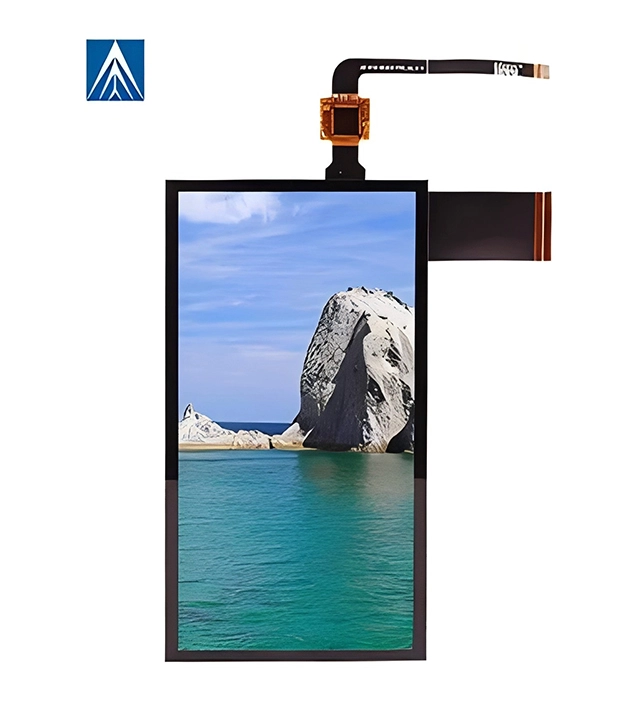LCD (Liquid Crystal Display) technology has become a cornerstone of modern visual electronics. From televisions and monitors to mobile devices and industrial systems, LCDs are everywhere—thanks to their slim profile, energy efficiency, and high-resolution output. As innovations continue to emerge, new application of LCD modules, including wearable LCD displays, are reshaping how we interact with screens in daily life.
At its core, an LCD works by manipulating light using liquid crystal materials:
Liquid crystal molecules are sandwiched between two transparent electrodes
An electric voltage rearranges the molecules
These molecules control how much backlight (or ambient light) passes through
A color filter generates the final RGB image
Unlike OLEDs, LCDs do not emit light themselves, but modulate it—requiring a separate light source, typically provided by LED backlighting.

1. TN (Twisted Nematic) LCDs
The earliest and most cost-effective panel type, TN LCDs offer:
Fast response times
Affordable production
Limited viewing angles and basic color accuracy
TN panels are still used in entry-level monitors and budget devices.
2. IPS (In-Plane Switching) LCDs
Known for exceptional color performance, IPS panels feature:
Wide viewing angles up to 178°
High color fidelity and uniformity
Slightly slower response times than TN
Commonly found in smartphones, tablets, and professional monitors, IPS is ideal for wearable LCD screen designs where visibility from multiple angles matters.
3. VA (Vertical Alignment) LCDs
A balance between TN and IPS, VA panels offer:
High contrast ratios
Deep black levels
Moderate viewing angles
VA LCDs are widely used in televisions and home entertainment systems.
An LCD screen typically consists of the following layers and systems:
Backlight unit (CCFL or LED): Provides the illumination
Polarizing filters: Adjust light orientation
Liquid crystal layer: Controls light passage
Color filter: Produces red, green, and blue pixels
Driver ICs and circuits: Manage pixel voltages
Ultra-thin and lightweight design
Low power consumption compared to CRTs
Flicker-free performance
Electromagnetic radiation-free
High-resolution display capabilities
Viewing angles may be limited (especially with TN panels)
Motion blur in fast-moving content due to slower response in some types
Less effective black representation than OLED
Dependent on backlighting, reducing true contrast
Thanks to ongoing innovations in lcd module applications, the versatility of LCD technology spans across industries:
Televisions and home theater systems
Computer monitors and laptops
Smartphones and tablets
Automotive dashboards and navigation displays
Medical equipment and industrial control interfaces
Digital signage and public information displays

One of the most exciting applications of LCD modules today lies in the wearables sector. Wearable LCD displays are now common in:
Smartwatches
Fitness bands
Medical monitoring devices
Wearable communication tools for industrial or military use
These wearable LCD screens are engineered to be ultra-thin, power-efficient, and visible under various lighting conditions—making them ideal for on-the-go users.
Modern advancements are further enhancing LCD performance, such as:
Quantum Dot LCDs: Offering richer color depth
Mini-LED Backlighting: Improving brightness and local dimming control
Flexible and transparent LCDs: Unlocking creative form factors
As display technology evolves, the application of LCD module continues to expand into new industries and lifestyles. From traditional TVs and monitors to wearable LCD displays that track your health or keep you connected on the move, LCD technology remains at the heart of visual innovation. With continuous enhancements in performance, design, and usability, LCDs are not just surviving—they’re thriving in a rapidly advancing digital world.
